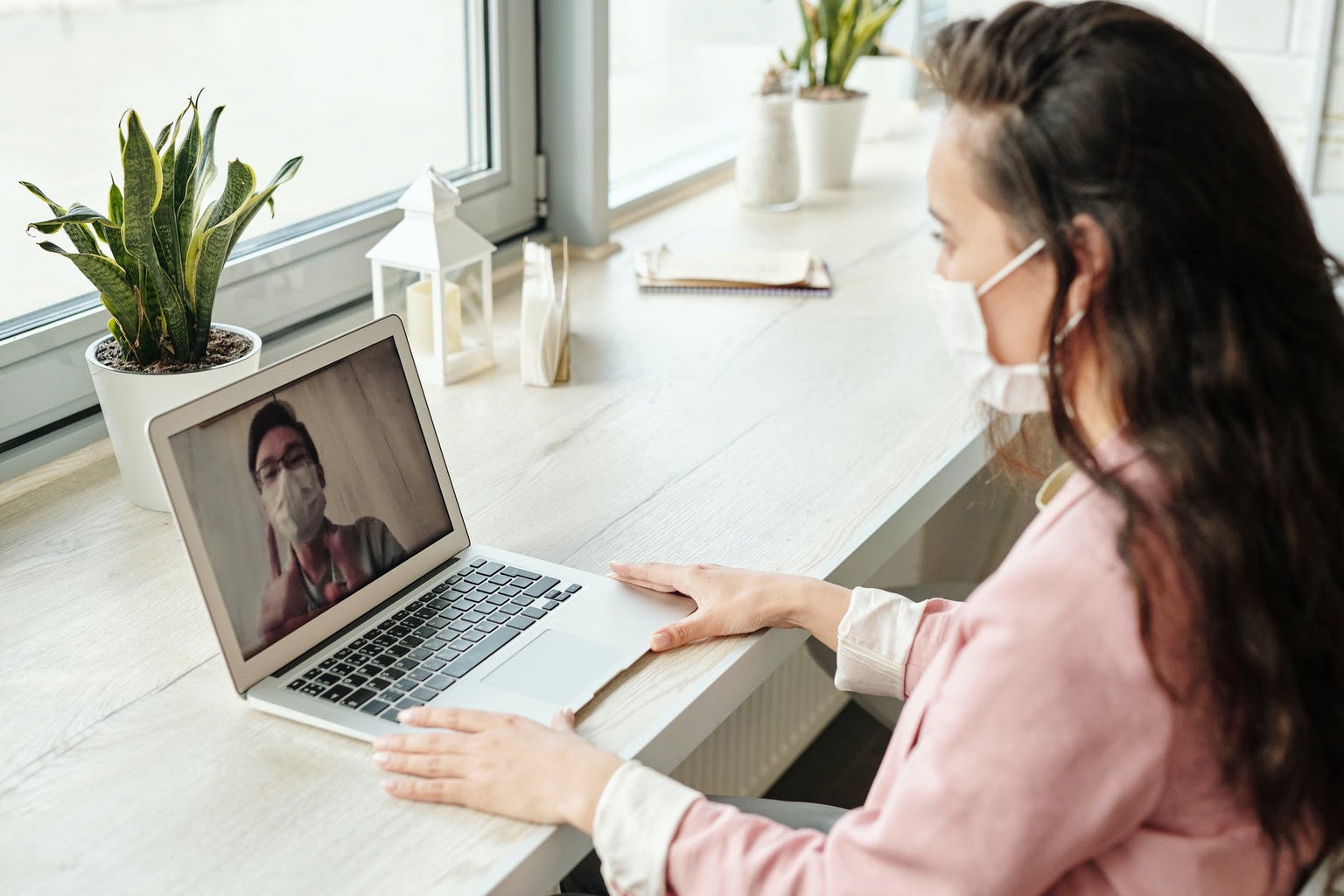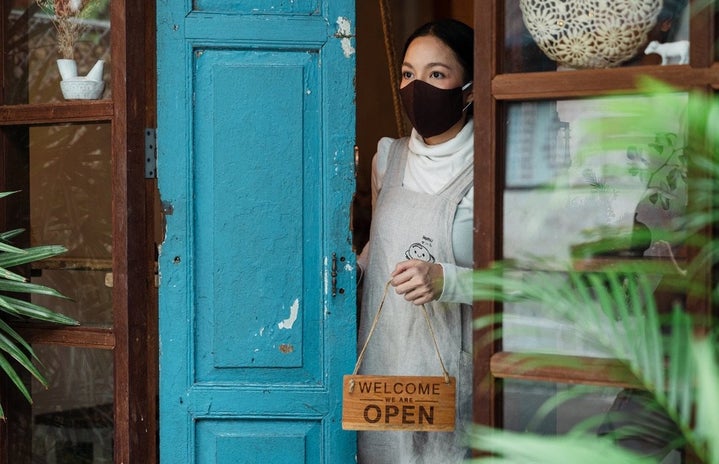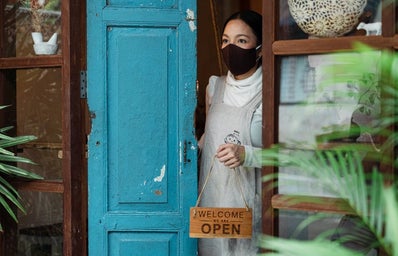The COVID-19 pandemic has completely redefined the way people interact with one another. Social distancing, masks, telecommunication and lockdown measures are all essential practicies we must continue to comply with in order to keep ourselves and our loved ones safe. The health benefits of social distancing techniques can not be understated, and the CDC reccomends it along with other preventative actions to help stop the spread of the coronavirus.
For those affected by social anxiety, these practices may feel like both a blessing and a curse. Social anxiety disorder (SAD), also known as social phobia, is categorized as a DSM-V disorder defined by an intense and persistent fear of being judged or humiliated. It often manifests itself in symptoms such as high levels of fear and anxiety, avoidance of social situations, and social isolation.
Anxiety has been a leading mental health concern among undergraduate college students in the United States for several decades. In 2019, the Annual Report of the Center for Collegiate Mental Health found that 62.7% of the 82,685 students surveyed reported struggling with anxiety, and the 2020 report saw the highest annual instances of self-reported social anxiety among college students over the past deacde. The National Institute of Mental Health estimates that 12.1% of adults in the US experience SAD during their lifetime.

COVID-19 has created new rules in our unwritten social contracts as well. Someone who’s already predisposed to anxiety now has to grapple with the uncertainties and stressors that go hand in hand with a pandemic. From having concerns about getting sick to worrying about whether other people are judging you for your own safety practices, the pandemic has put uncharted levels of stress on the world’s shoulders.
Even those who have never had an anxiety disorder before may find themselves experiencing anxiety, including social anxiety, over the past year. According to the Kaiser Family Foundation, four in ten adults in the U.S. now report symptoms of anxiety or depression, up from one in ten during the first half of 2019.
College students also have to grapple with new ways of learning, which can exacerbate the already-high levels of anxiety reported among students. Zoom fatigue, a phenomenon of exhaustion from spending time in videoconferences, can have severe psychological impacts on students’ happiness and self-esteem. Having to look at ourseslves for hours on end while also being watching by 30+ other students is tiring, and many have expressed concerns about students experiencing body dysmorphia over it.

Photo Credit: Her Campus Media Library


